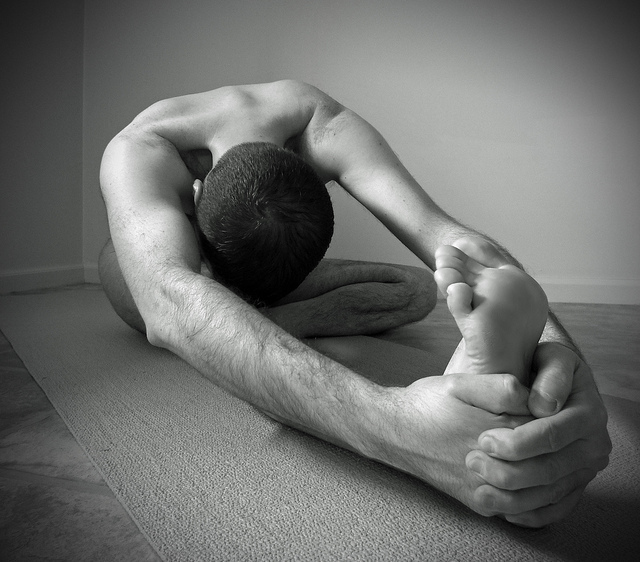Waste management is an essential part of completing a job for a professional tradesperson or DIY enthusiast. The safe use of skips and containers can be a tricky path to tread for those unfamiliar with health and safety regulations and guidelines. Unbeknown to many, skip and container related accidents are a common occurrence, in fact, these are the leading cause of serious to fatal incidents in waste management and recycling plants. Here we take a closer look at utilizing skips and containers safely to help you reduce the risk of serious injury.
Skip (dumpster) compatibility
Whether you are looking to buy or hire a skip for your upcoming project, ensuring that your skip is compatible with the skip loader is a vital step to safe usage. Mini skips, with a capacity of 1.5m3 to 2m3, are the most popular choice, especially for household or small commercial / industrial upgrades. However, many of these mini skips are not manufactured to suit the design of a standard skip loader. Larger skips however are designed to be compatible with standard skip loaders, and their 3m3 to 20m3 capacity ensures a sizable solution to waste management on larger projects. Recommended safety checks There are a series of safety checks that must be carried out to ensure the safe use of skips and containers.
Training is recommended for workers who use and unload skips and containers on a regular basis, these training programs ensure workers can identify faults or damage to the skip that would otherwise make it unsafe to use. Regular checks must also be carried out to check the condition of important skip and container components, such as the lifting and locking points, tipping bars, doors, restraints, covers and wider condition. Workers must also be aware of the importance of using the right type of skip for the task at hand, and the skip or container’s strength, stability and distribution of load weight must all be taken into account.
Identifying hazardous skip use
There are a number of scenarios that would make the skip or container hazardous to move or unload, including:
- Overloading
- Insufficient headroom when retrieving
- Insufficient space around the skip or container
- Placement on sloping ground
- Placement on soft ground
If any of these relate to your skip or container then it is recommended that you seek specialist advice to improve safety and reduce risk before removal or unloading. Overly damaged skips and containers should also be removed from service completely.
This post was written by Brittany Thorley. She works for Cheshire Demolition (http://www.cheshiredemolition.co.uk/) and regularly advises on maintaining best practice for safety on both small and large scale improvement projects.
Note: Of course, workers in this field should take all precautions and wear the correct personal protective gear, such as gloves, safety glasses, hardhats, and possibly respirators pb
P.S. HAPPY MOTHER’S DAY! PB


